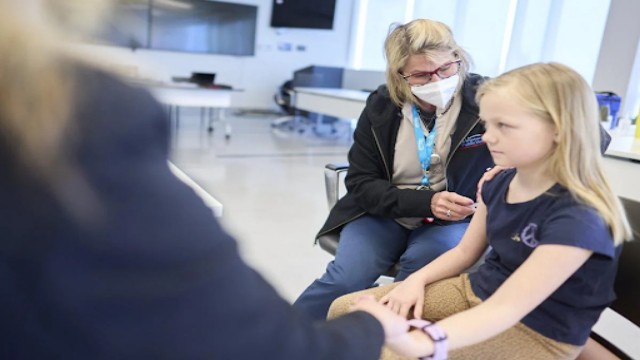
Photo from St Vincent times.
Throughout history, humans have recognized the power of visual stimuli on the mind. From ancient storytelling to modern media, visuals shape thoughts and behaviors. However, research shows excessive exposure, especially to violent content, harms youth, numbing empathy and desensitizing them.In our digital age, screens flood us with violent, chaotic imagery.This constant exposure is damaging youth psychologically and physically. Studies indicate that witnessing violence, whether real or through media, desensitizes youth and alters emotional responses. It's not just what they see, but how it affects their ability to empathize and react healthily.
Consider a young person in Vincyland, growing desensitized to violence through years of graphic media consumption. Despite warnings, they feel trapped, finding violence normalized and even exciting. This warped worldview damages relationships and mental health, isolating them from society.
This scenario serves as a warning about the consequences of unchecked exposure to harmful visuals. As a society, we must rethink our media priorities. We must consider the future we want for ourselves and our loved ones. Do we want a world where youth are indifferent to suffering and violence? Research suggests this could be our reality if we continue consuming violent media.
Violent imagery affects young minds navigating adolescence. Studies indicate exposure to violence leads to increased PTSD symptoms and alters physiological responses like blood pressure. This not only numbs emotions but also impacts health in ways we may not realize until it's too late. Are we willing to risk our children's well-being for fleeting entertainment?
We must recognize our role in perpetuating harmful content. Sharing violent media contributes to societal degradation. It's time to take responsibility and make better choices.
For those aware of the risks, educating others is crucial. We must challenge the normalization of violence and promote media literacy. Our voices can counteract this trend, advocating for uplifting content that values empathy.
Reflecting on teachings about guarding our senses from harm, we must question why the standards of acceptability have lowered. By advocating for change and supporting initiatives to regulate harmful content, we can create a media environment that promotes well-being.
As parents and educators, we must foster dialogue about media's impact and advocate for media literacy programs in schools. By supporting efforts to regulate graphic content, we pave the way for a healthier media landscape.
Together, we can create a media environment that enriches rather than exploits. Let's prioritize empathy and well-being, laying the foundation for a healthier society.















